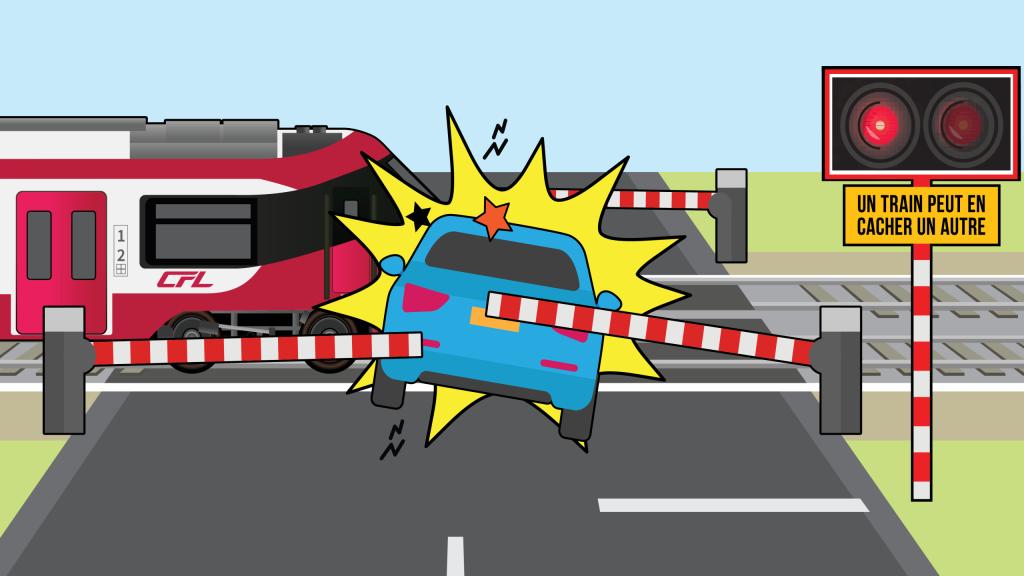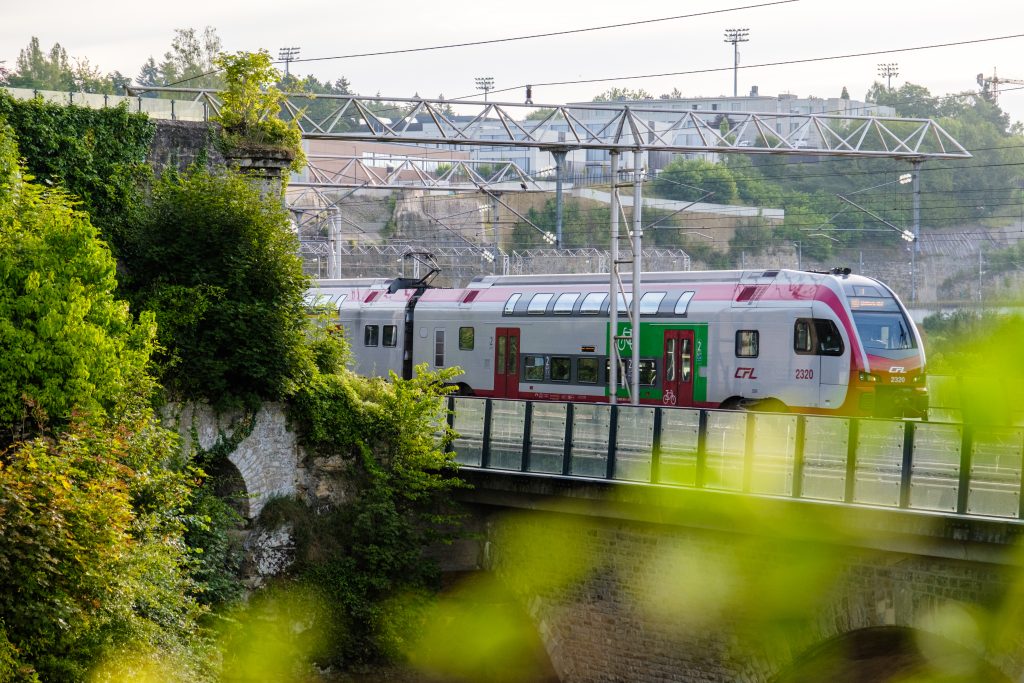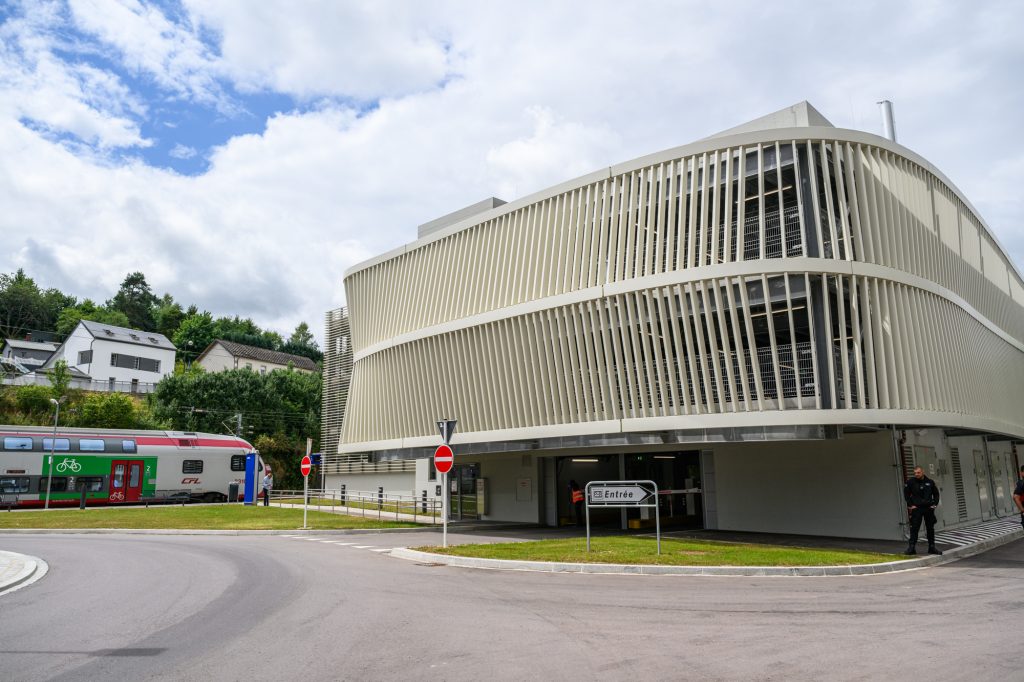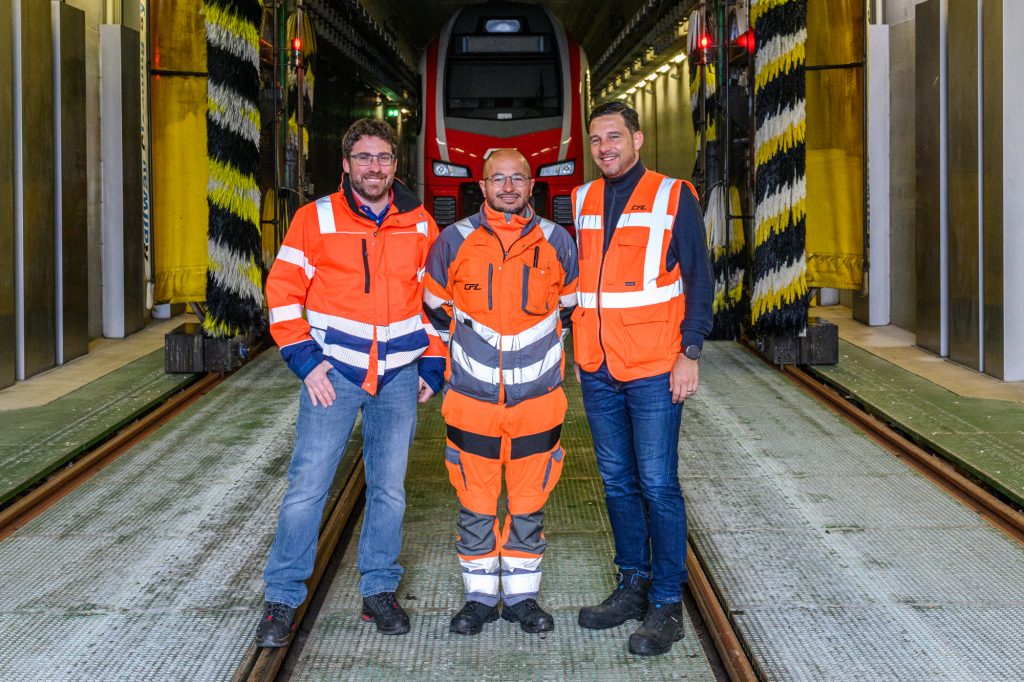
How the CFL adapt to changing weather conditions
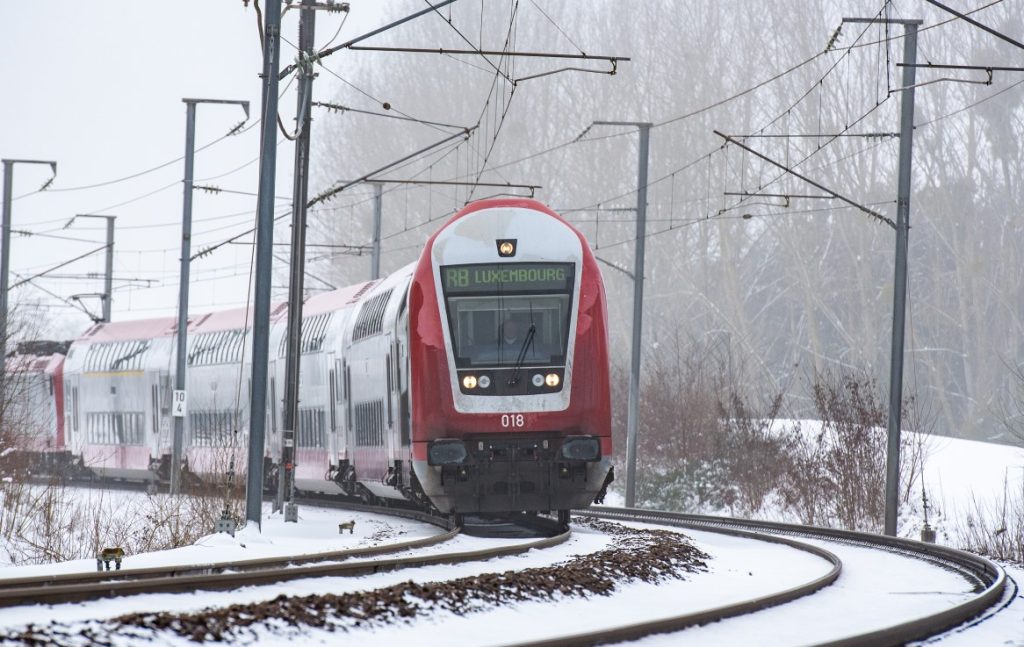
Frost or heatwave, each season has its own conditions that need to be monitored. While climate change is leading to milder winters and recurring heatwaves in summer, the CFL are on their guard all year round to ensure the smooth running of the rail infrastructure.
For the CFL, service continuity is above all a question of organisation, whatever the season. Except for a stop to rail traffic imposed by exceptionally unfavorable weather conditions, the CFL teams are ready to respond to changes in the weather and enable their customers to reach their destination in complete safety.
To assess the need for action, the CFL has three rail temperature monitoring stations on the rail network: in Luxembourg City, in Esch-sur-Alzette and in Mecher. The stations are connected in real time to the Infrastructure Management department (Gestionnaire d’Infrastructure) and provide a global overview of temperature trends and a direct understanding of the conditions to which the infrastructure is exposed.
How to deal with frost
Although snow is less frequent, a chain of vigilance is put in place during the colder periods to ensure the comfort and, above all, the safety of customers and staff, an absolute priority for the CFL.
At the heart of the system, each of the infrastructure manager’s regional teams can be mobilised 24/7 at the stations and railway stops for which they are responsible. This involves around fifty employees from the CFL Infrastructure Management department, who are backed up by an external company if necessary. In the event of frost or snow, they use snowploughs to salt and clear access to stations and railway stops, as well as their platforms.

Shared safety
The trains’ attendants are also able to report the presence of frost on the platforms to the control centres in charge of train movements by region. They then notify the appropriate regional team so that action can be taken as quickly as possible.
Between raising the alarm and clearing all the platforms on a given line, it logically takes several hours for the teams to carry out all the operations. As safety is shared by all, the CFL’s customers are always asked to be vigilant on the platforms in the event of frost or snow.
Heating up switchgear
An enemy of switches and crossings, ice could form on the moving parts of switches at low temperatures. This could cause problems for the smooth running of rail traffic. But manual ice removal is a thing of the past on most of the lines used by the CFL customers. At temperatures above five degrees, heating systems are switched on to the moving parts of the points to prevent them from being blocked by frost, which can cause major disruption.
A CFL team remains on standby to operate on switches that are not yet equipped with this system. Where necessary, rounds are also organised to remove any stalactites at tunnel entrances and on engineering structures.

40 degrees, the pivotal temperature
Once winter has passed, the Infrastructure Manager carries out a “compliance tour” – independent of maintenance and servicing programs – across the entire rail network in the spring. The correct arrangement of the ballast, which is essential for holding the rails in place, is particularly closely monitored and measured – if necessary – by a dedicated team from the Infrastructure Management department.
In the event of a substantial rise in the temperature, i.e. as soon as the rail temperature exceeds 40 degrees on the rail network, an inspection tour is carried out within six days at the latest. Once again, the ballast is examined to see if any stones have been “pushed” by the expanding rails. If this is the case, work is carried out quickly to ensure the continued safety of rail operations.
Another milestone: 45 degrees. A tour is organised on the same day that this temperature is exceeded to identify any anomalies in the rails, which are particularly exposed to sunlight and heat build-up. The inspection tour will be repeated every time the temperature exceeds 45 degrees. It should be noted that the adaptation of laying techniques and the evolution of the composition of new rails increase their resistance to contraction (in extreme cold) and expansion (in extreme heat).
Given that the Luxembourg rail network has been subjected to temperatures of around 50 degrees Celsius in recent summers, it is easy to understand the need to maintain such a system. From summer to winter, organisation, technology and the expertise of the CFL staff combine to prevent the network from becoming overheated.
Read more The CFL's winter preparation
